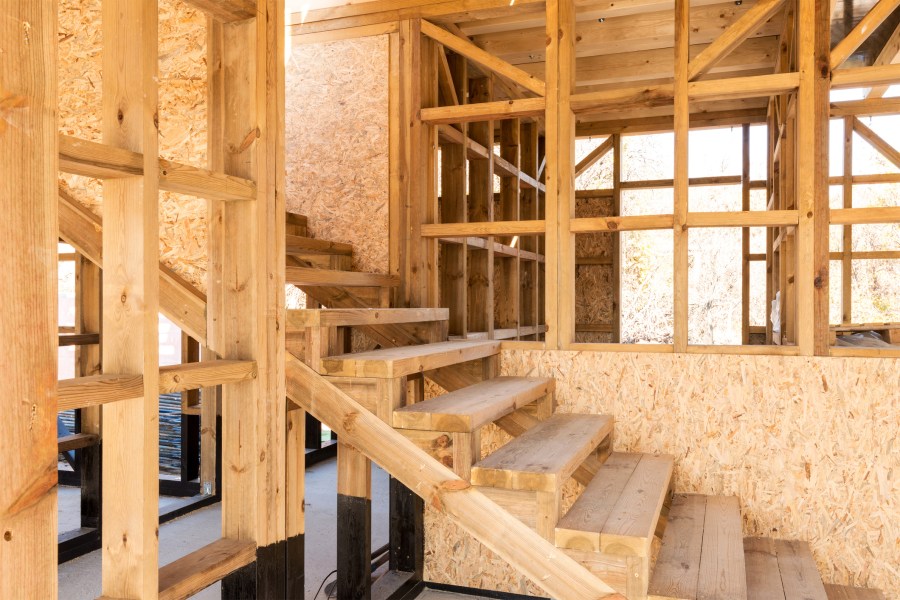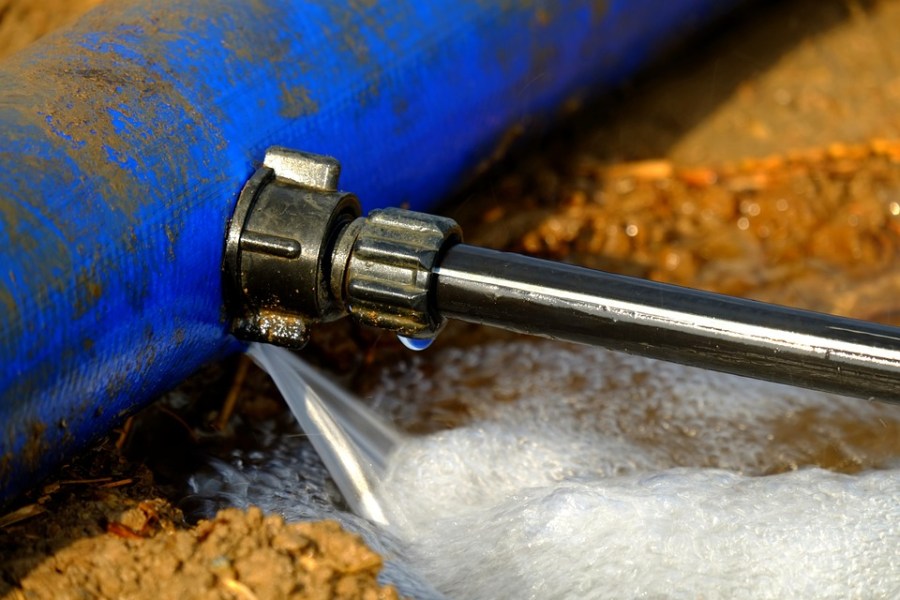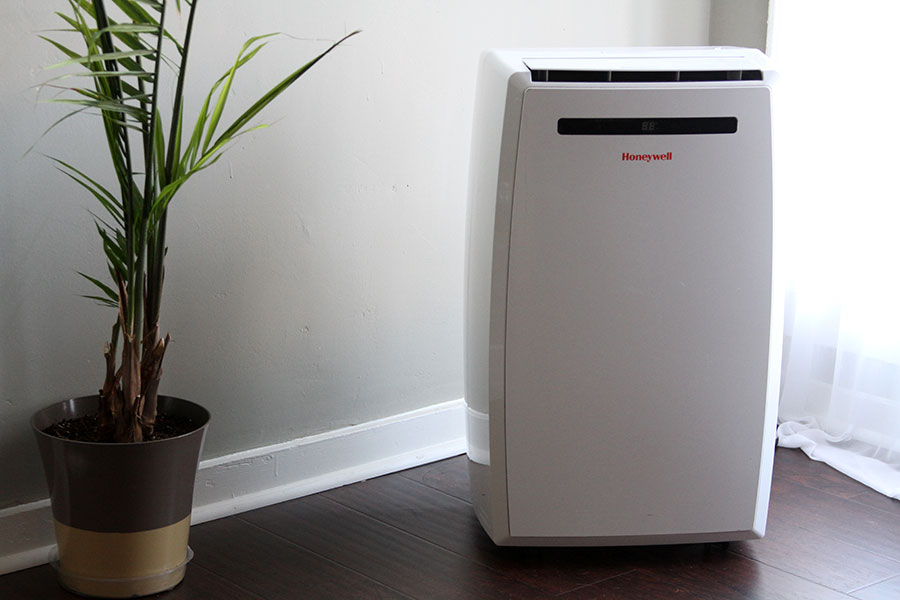How To Install Crawl Space Dehumidifier

Prepare Yourself
Encapsulating the crawl space beneath your home transforms it from a dark, scary, damp area to a dry, sealed surround that improves the conditions of your living space. Both the Ecology Protection Agency and U.S. Department of Energy recommend sealing your crawl space considering it improves the air quality in your home, reduces energy costs and prevents wet-related damage. It also gives y'all cooler floors in the summer and warmer floors in the wintertime, all while reducing the odds of pests entering your home through the foundation.
Stay rubber by making sure you're physically able to navigate the tight space. Information technology requires plenty of crawling, stooping, enduring hot or cold temperatures and being confined to a modest area for a period of fourth dimension. Wear protective clothing such as long pants, a shirt with long sleeves, work boots with sturdy soles, safety gloves and a mask or toxic dust respirator. Additionally, include a ground fault circuit interrupter (GFI adapter) in your tool kit to provide protection confronting shocks in a damp infinite, suggests NT Supply.
Earlier encapsulating your crawl infinite, have care of any water leaks, loose wiring, mold growth and droppings that isn't attached to the firm. Don't skip this step. Sealing a space that has these issues may only cause future problems.

Cheque for water leaks by looking for standing water and stains on the concrete walls. Solutions may include grading and plumbing repair. Await for loose wiring and tack it to the beams, and properly repair whatsoever damaged or exposed wiring. Call in a professional if needed to solve these issues at the source.
Clean mold growth and grit from joists and walls with a bleach-water solution. If you accept gas appliances, perform a carbon monoxide test to ensure dangerous gases don't backdraft into your dwelling house. Remove discarded building materials and any other debris that isn't clay from the clamber space. Be peculiarly mindful of nails or other precipitous objects that might puncture the vapor barrier, thereby breaking the encapsulation seal.
Embrace Beams, Piers and Ground
Because liberty of mobility is an issue in a cramped clamber space, exercise as much as you tin exterior of the area, including measuring, cutting and applying two-sided backing record to the vapor barrier. Lining the crawl space involves several steps.
Mensurate and cutting the vapor barrier so that information technology covers all only three inches of the perimeter beam and overlaps on the floor at least 12 inches. Apply bankroll tape to the barrier. Fold and curlicue it so it's easy to carry. In the crawl space, utilize a bead of structure adhesive to the concrete. Line the perimeter beam with the vapor barrier, using the backing tape to hold information technology in place. Ensure a good seal. Drill holes for foundation pins, and hammer them in place.
Set the vapor bulwark to comprehend all four sides of each pier and overlap on the ground. Apply as you did with the perimeter beam. Lay the ground cover in sections over the existing vapor barrier. Utilise bankroll tape to seal all seams.
Seal Joist Bays and Dehumidify
As y'all're lining the perimeter of the crawl infinite, you also need to seal the area between joists so that the clamber infinite is completely free of drafts. Do this using cream insulation and foaming caulk.

Measure the summit and width of each joist bay. Cut foam insulation to fit within information technology. Push the foam into place and spray a mist of water over the edges to cure information technology. Add generous chaplet of foaming caulk around all of the edges to create an airtight seal between the cream and the foundation of the firm.
Encapsulation is complete once you add together a workout system to the crawl space. This creates an added layer of protection confronting moisture accumulating in your crawl space. Condition the space by either installing a crawl space dehumidifier or using your existing air conditioner. Both methods continue air circulating in your crawl space so it'south less likely to become contaminated with allergens. Circulating air also keeps temperatures abiding to help your appliances run more efficiently.
Source: https://www.smarter.com/article/best-way-encapsulate-crawl-space?utm_content=params%3Ao%3D740011%26ad%3DdirN%26qo%3DserpIndex&ueid=4811b8b5-d80a-48d5-be60-b156450c2a56

0 Response to "How To Install Crawl Space Dehumidifier"
Post a Comment